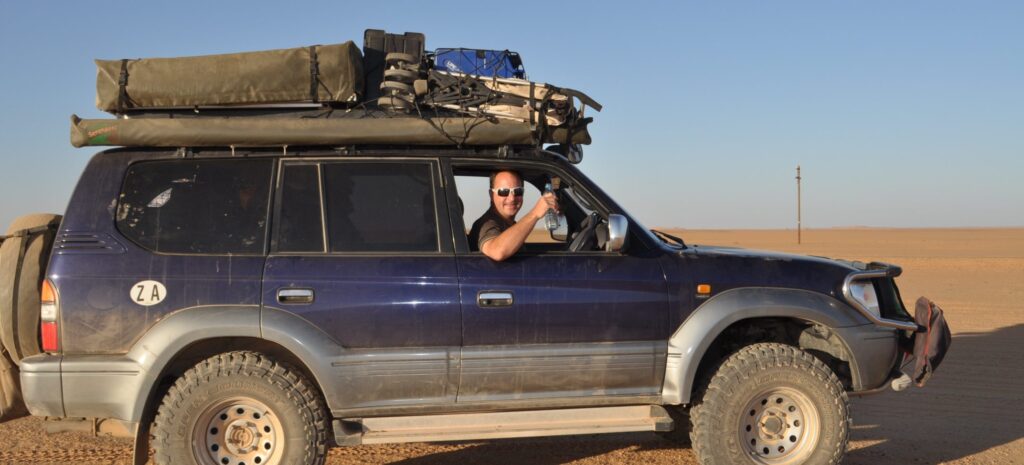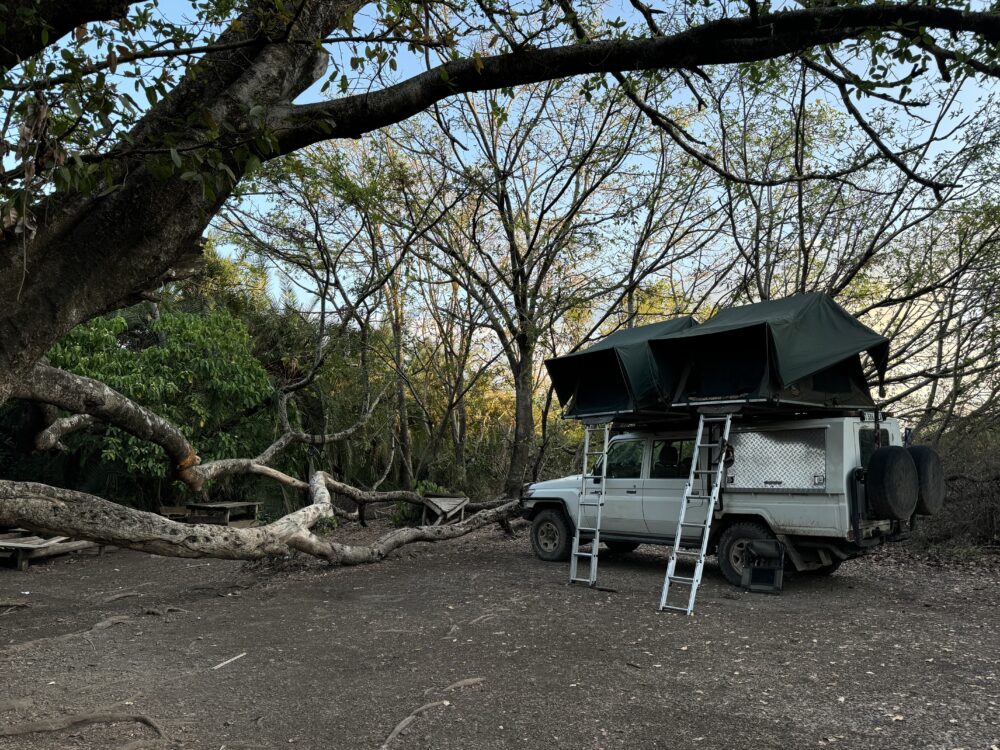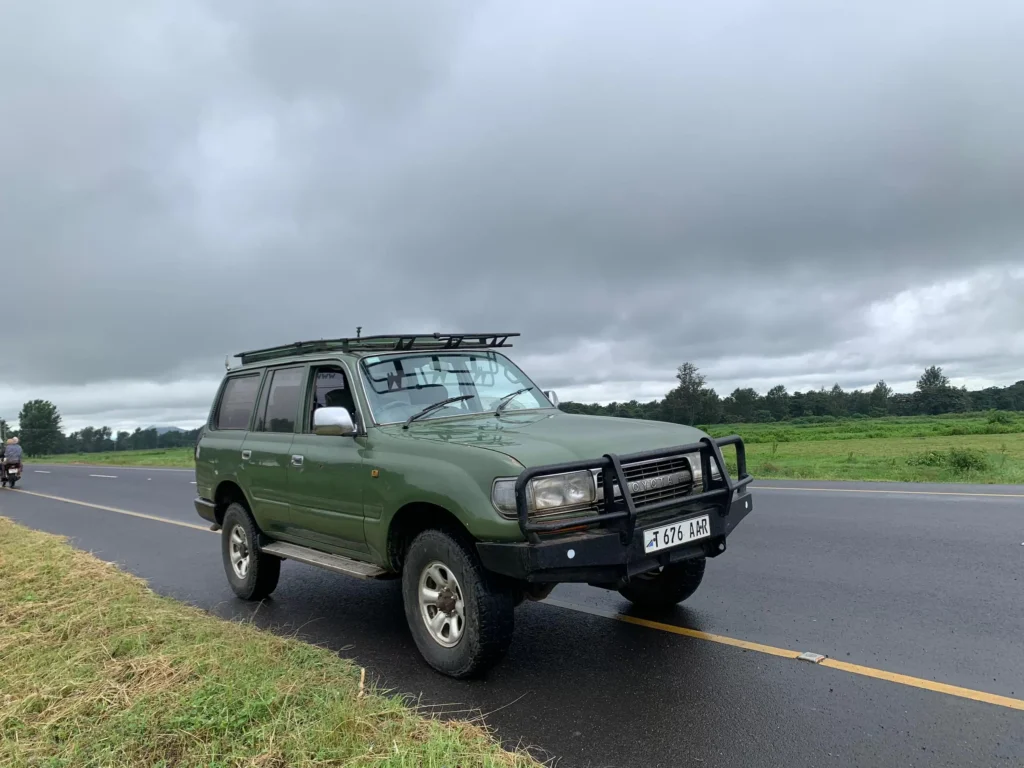Best Guide to Self drive Safari in Tanzania
Best Guide to Self drive Safari in Tanzania, Tanzania, a nation renowned for its spectacular landscapes and wildlife, provides an unparalleled adventure through a self-driving safari. A self-driving safari is an exhilarating experience, granting you the opportunity to explore at your own pace. Arusha Car Rental facilitates the planning of your self-drive safari in Tanzania, prioritizing safety, adventure, and lasting experiences.

Is it possible to go on a self-driving safari in Tanzania?
Indeed, self-drive safaris in Tanzania are achievable, becoming increasingly popular due to enhancements in the nation’s highways and national park roads. Consequently, if you intend to drive independently, it is strongly advised to possess prior self-driving experience in other African nations. Ultimately, traversing Tanzania’s roadways can be more arduous than in numerous other areas.
Safety During self Driving on Tanzania Safari
Safety is essential on any expedition, and a self-drive safari is no different. Being on a self-drive entails numerous unfamiliarities, which may expose you to potential risks when alone in the wilderness.
Here are few recommendations to assist you in your preparation for self Drive Safaris in Tanzania
Comprehend the Guidelines and Regulations
Park Regulations: Familiarizing yourself with the regulations of each national park, such as Tarangire or Serengeti, or reserve you intend to visit, including speed limits, designated animal viewing zones, and campground regulations.
Licenses: Obtain the necessary permissions for access to parks and wildlife regions. Crucially, camp exclusively in authorized campsites in accordance with your permission or prescribed route.
Vehicle Preparation and Specifications for Self Drive Safari in Tanzania
4×4 Vehicle: Select a 4×4 vehicle designed for rugged terrain and proficient in navigating dirt roads within national parks. Preferably, select renowned brands such as the Land Cruiser 70 series Troop Carrier or Hilux. Historically, Land Rovers were exemplary; nevertheless, the scarcity of authentic replacement parts precluded their usage in the safari industry.
Spare Parts and Tools: Transport additional tires, a jack, a shovel, and essential equipment. Furthermore, the fundamental knowledge about automobile maintenance can be exceedingly beneficial.
Emergency Kit: Assemble a thorough emergency kit with first aid supplies, a fire extinguisher, and a satellite phone or a local SIM card for emergency communications.
Wildlife safety
Maintain a Safe Distance: Consistently preserve a safe distance from animals. Bear in mind that you are in their field, and their behavior may be erratic.
Refrain from Feeding Wildlife: Providing food to animals can modify their innate behaviors and develop dependency on humans.
Remain in Your Vehicle: Remain inside your vehicle, except in approved places, as it offers protection from wildlife.

Navigation and Communication
Global Positioning System and A map: Utilize a dependable GPS and possess current maps of the regions you want to investigate.
Notify someone of Your Travel Plans: To ensure safety, inform your accommodation or a local contact of your intended itinerary and anticipated return times.
Self-driving safari in Tanzania focused on health and environmental protection
Malaria Prevention: Consult a travel physician for malaria prevention and requisite immunizations prior to your journey.
Sun Protection: Apply sunscreen, don a hat, and maintain hydration.
Honor the Environment: Adhere to the principle of leaving no trace. Remove all waste and refrain from disrupting the natural ecosystem.
Regional Traditions and Community Reverence
Cultural Awareness: Honor local communities and their customs. Whenever feasible, endorse local enterprises and environmentally sustainable activities.
Wildlife Guidelines: Comply with regulations designed to safeguard animals and natural ecosystems, encompassing provisions concerning noise and waste management.
Self-Sufficiency
Food and Water: Ensure adequate provisions of water and food, particularly in isolated regions without facilities.
Fuel: Maintain a full fuel tank and contemplate transporting additional fuel, as refueling facilities may be limited in and surrounding national parks.
Insurance and Contingency Plans
Vehicle Insurance: Verify that your rental vehicle possesses complete insurance, encompassing covering for off-road driving.
Emergency Contacts: Maintain a list of emergency contacts, encompassing local officials, park rangers, and embassies or consulates. Ultimately, undertaking a self-driving safari in Tanzania necessitates diligent preparation. Adhering to these safety guidelines will guarantee an exhilarating and secure experience for yourself, the wildlife, and the environment.
Vehicle Specification
The essential factor for a successful self-driving safari is the appropriate vehicle. A 4×4 is important for traversing Tanzania’s many landscapes, ranging from the expansive plains of the Serengeti to the challenging paths of the Ngorongoro Crater. Ensure your car is adequately outfitted with spare tires, a jack, and essential repair tools. Acquiring a car from a distinguished outfitter such as Safari Masters ensures that you obtain a vehicle capable of meeting the demands of the work.
What to Avoid
Refrain from driving at night due to diminished visibility and increased wildlife activity. Maintain a respectful distance from animals; utilize binoculars for an enhanced view. Refrain from off-road driving, as it may harm both the environment and your vehicle.
Route Planning
Strategizing your itinerary is essential. Prior to departure, take into account the season, as it can significantly influence accessibility and wildlife observation. Plan your itinerary, incorporating pauses for refueling, dining, and overnight accommodations.

Essential Equipment for Self drive Safari in Tanzania
Pack with strategy. Necessary materials comprise a GPS device, a comprehensive map, offline mapping applications such as Google Maps, Mapsme, or Tracks4Africa, ample water, snacks, a first-aid kit, and camping equipment if you intend to camp. Ensure you bring your camera and supplementary batteries to document the breathtaking vistas and wildlife interactions.
Preparing for the Expedition
A self-guided safari in Tanzania necessitates preparation and reverence for the unpredictability of nature. Considering this, the appropriate vehicle, meticulous planning, and necessary equipment will prepare you for an exceptional expedition through one of Africa’s most stunning locales.
We would be delighted to serve as your self-drive outfitter for this journey. Our proficiency and premium vehicles guarantee that your Tanzanian safari transcends a mere excursion, becoming an expedition into the essence of the wilderness.
Arusha Car Rental extends its wishes for a secure and thrilling safari adventure in Tanzania. Furthermore, relish the liberty of discovering Tanzania’s natural marvels at your own tempo, forging memories that will endure a lifetime.

